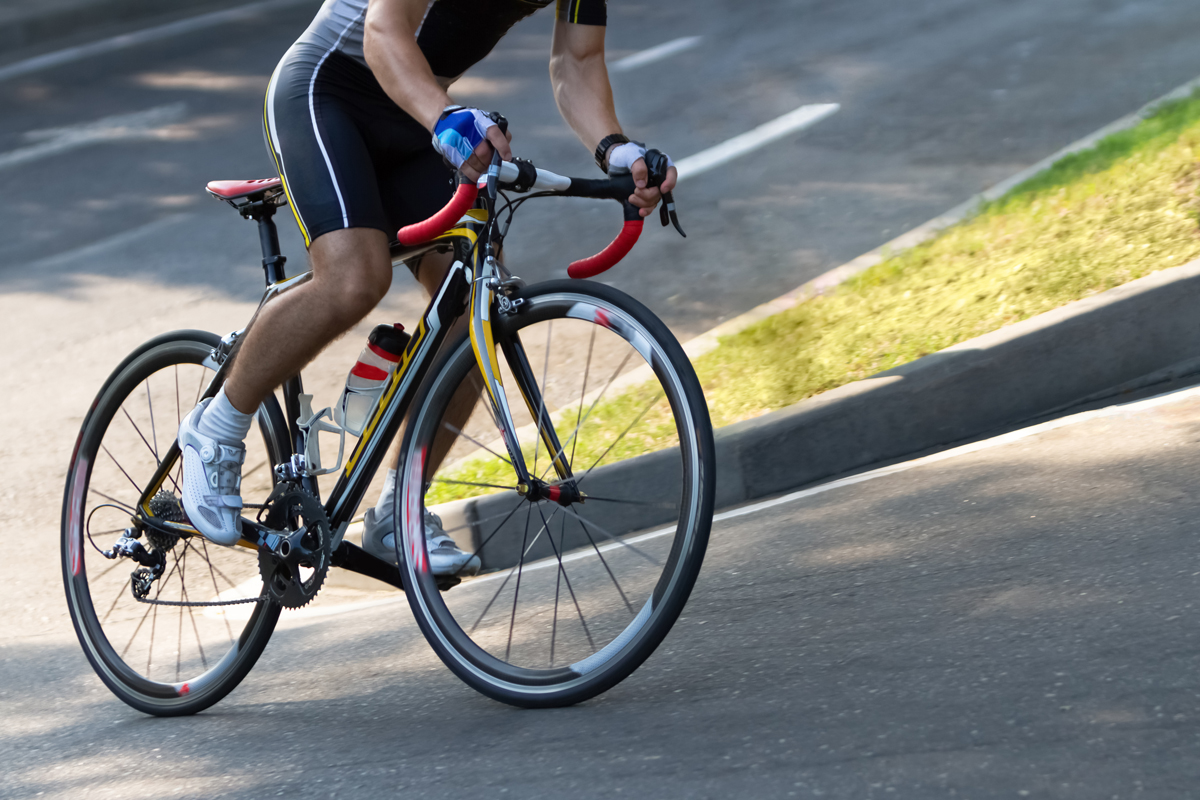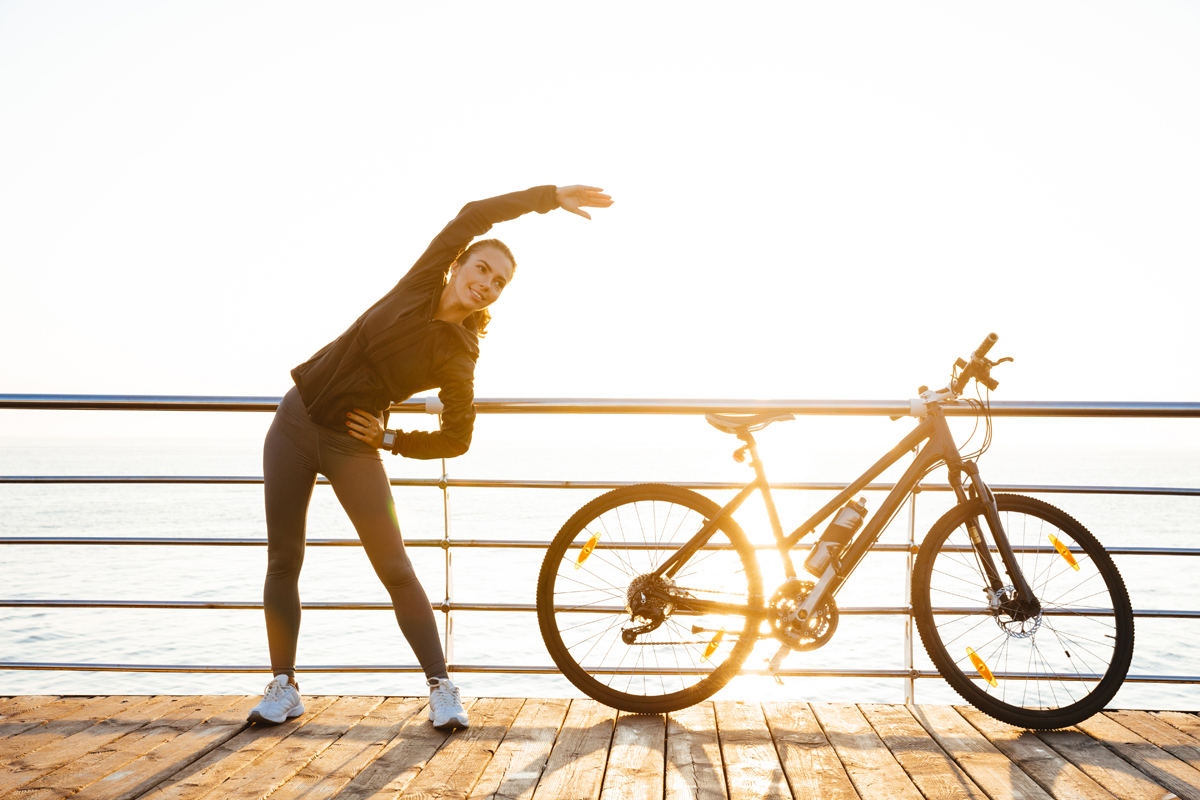Every rider meets a challenge: To get on the bike, to ride a new trail or road, to ride a new distance or speed, or to ascend a climb. Each endeavor starts with a goal set and a vision of what will be the result. At the start of the ride the cyclist cannot see the end location but the mental image of the destination gives them the focus on their goal. During this journey, the cyclist grows from the experience, learning how the physical elements of strength, endurance, and riding technique, as well as the mental elements of strategy, discipline, fortitude, and planning, factor into reaching the goal. Therein lies the experiences that can be transformed and applied in the practice of Cycle Advocacy.
“The Climb” is a special part of cycling that presents challenges and rewards for each cyclist that are as unique as every rise, hill or mountain. Two riders will climb the same hill, but each will have an individual experience. Both riders will know themselves better at the top.
The Advocates Spin: Meet the challenge of Advocacy with Lessons from a Climb.
The Climb, that next rise or the last hill, no matter how many feet, may be a simple effort, the next ordeal or the greatest challenge that you have ever faced, but the experience of meeting the challenge is one that becomes part of your being. Climbing, unlike descending, riding in a draft, or coasting on a beautiful stretch of ground, truly leaves the cyclist to their own power and perseverance- there is no free ride as it is the Cyclist and the Climb. In racing, The Climb is the crucible that reveals each Cyclist’s skills, strengths, and weaknesses, making for the ultimate drama of the sport. For the mere mortals on two wheels, every hill, rise, mountain and climb gives the cyclist the experience and confidence that demonstrates the ability to meet the challenges of Advocacy.
While each climb is as unique as the rider taking up the ascent, there are several key elements in the ride that provide examples for the Advocacy. To attain the climb, each cyclist must use a combination of gears and cadence to reach their goal. Depending on the gearing available, the characteristics of the bike, and the profile of the climb, the cyclist must measure and calculate their own ability, skills, resolve and vision against the physical environment which they must traverse to reach their goal.
Gears multiply effort over distance allowing the cyclist to spin a little faster but easier or enabling the cyclist to get over a steep rise or obstacle on the path. Do you pick a big gear or spin at a high cadence? Do you keep a set speed or adjust to changes in elevation and distance over the course? Do you ride straight up the rise or tack to reduce the grade and lengthen the distance?
At times the cyclist will stand for strength, to employ different muscles, or to stretch so as to energize and reposition the body for more effort. Do you keep a regular interval for standing or wait for the steep rise or fatigue and stiffness to get out of the saddle?
How long do you stand and how much effort do you apply?
Eyes on the prize: Keeping a mental image, a vision of the goal, is crucial to attaining the top, but many find that keeping their head down and focused on climbing rather than looking for the end in sight is essential to a good climb. Here, many will say that the Climb is ninety percent mental and that looking for the objective is counter-productive, diminishing the effort required to achieve the ascent and disheartening the resolve when the false top in view is not the end of the ordeal. Simply put, the successful discipline for many is to focus on the task under foot and never lose sight of the vision in your mind.
Pushing Through the Limits of Body and Mind: During the Climb cyclists will meet the physical challenge with resolve by reaching inside to find the intersection of desire, fortitude and tenacity necessary to rise and achieve the top. The point of physical challenge is different for everyone, be it on a small hill or an epic mountain, yet the ordeal is known to all who take up the wheel as their vehicle of change. From the physical challenge, the Climb tests personal strength and builds character that is taken to the next ascent. We find what we perceive to be our limits and push through to a higher level of strength and understanding of what one can accomplish.
Reaching the top brings relief, elation, and confidence as the attainment of a goal gives new strength, motivation and perspective on what can be achieved, as well as an example to others. The cyclist will have learned as much about the physical climb as they will have learned about themselves. Reaching the top of the Climb inspires others and fuels commitment in the rider and those that see or hear of the possibilities realized.
Reaching the mountaintop is a fundamental metaphor of the civil rights movement, establishing vision for the ultimate goal of integration in a single beloved community. The Cycle Advocates platform embraces and draws upon the principles, methods and lessons of the non-violent civil rights movements, with a goal toward revealing the value of cycling as an integrated part of the American Community. Each population seeking acceptance and integration into the community brings its own perspectives and experiences to the movement, and it is the perspectives and lessons unique to cycling that provide Cyclists with the experiences that they can apply in their advocacy. Lessons from The Climb give Cycle Advocates the skills and inspiration to reach the Mountaintop.
Look for another Advocates Spin on “The Long Road.”
Keep those wheels in motion.


